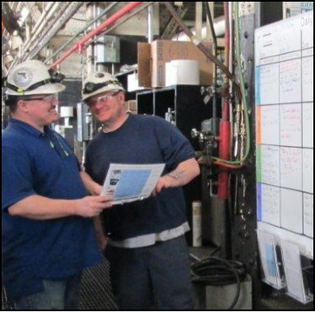1 min read
Receive the benefits of Lean
It’s hard to believe that 2018 is the 20 th anniversary for the Toast Kaizen video. After two decades, nearly one hundred and fifty thousand...
For more information about engaging GBMP for customized onsite Lean & Six Sigma training for your organization or to schedule a free Lean operational assessment please contact Jamie Millman at 617-710-7033 or by email at Jmillman@gbmp.org
For inquiries about our public Lean training workshops or annual conference, please call Lela at 617-969-1396 ext. 2
For questions about our Lean training games, videos, books, Leanflix, or our self-paced learning modules, call Tracy at 617-527-0268


1 min read
It’s hard to believe that 2018 is the 20 th anniversary for the Toast Kaizen video. After two decades, nearly one hundred and fifty thousand...
4 min read
A blog post by Bruce Hamilton; Subscribe at www.oldleandude.com Last month I joined Eric Buhrens, CEO at Lean Enterprise Institute (LEI) to host...
1 min read
It is management’s role to continuously assess the current condition of the Lean implementation and provide appropriate support and motivation to...